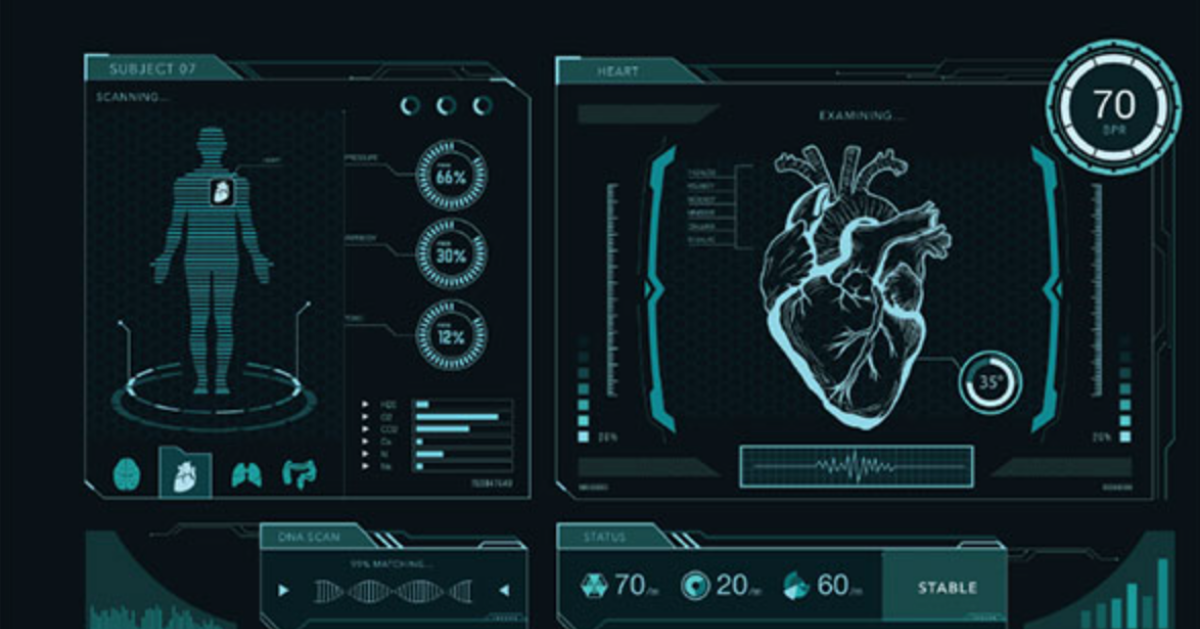A rapidly ageing population, combined with a surge in chronic, non-communicable diseases is driving the rise of healthcare costs in Asia. Digital therapeutics holds immense potential to radically transform healthcare from reactive treatment to proactive, predictive prevention and management of disease. Hema Thiagarajah, Vice President, Client Partner, Appnovation, breaks it down in her article for Asia-Pacific Biotech News.
Healthcare expenditure in APAC is projected to grow to 2.4 trillion by 2022, outpacing growth in the US and Europe. A rapidly ageing population, combined with a surge in chronic, non-communicable diseases is driving the rise of healthcare costs, rapidly outpacing the economic growth of some ASEAN nations and straining healthcare systems in others.
Four major non-communicable diseases - cardiovascular diseases, diabetes, chronic respiratory illness and cancer – contribute significantly to the growing burden in treatment costs in the region. While economic progress in Asia has led to lower poverty levels, there is a downside: social and lifestyle changes that include smoking, unbalanced diets, pollution, and a lack of physical activity, giving rise to chronic diseases that place an increasing toll on communities.
At least 60 per cent of people with diabetes live in Asia. Some of the world’s highest smoking rates can be found in the Asia Pacific region, with 2.3 million deaths a year from disease caused by tobacco smoking. 2 out of every 5 adults in Asia are overweight or obese: effectively the largest absolute number of overweight and obese people living in Asia. Australia faces heart diseases due to excessive caloric intake, while strokes are increasingly prevalent in East Asia due to excessive salt consumption.
Existing health systems in Asia are unprepared to meet the burgeoning demand and the economic burden of these illnesses. While traditional health systems have an overwhelming focus on treatment, there is a critical need to rethink the way we deliver healthcare across the continuum to drive increased improved patient outcomes.

